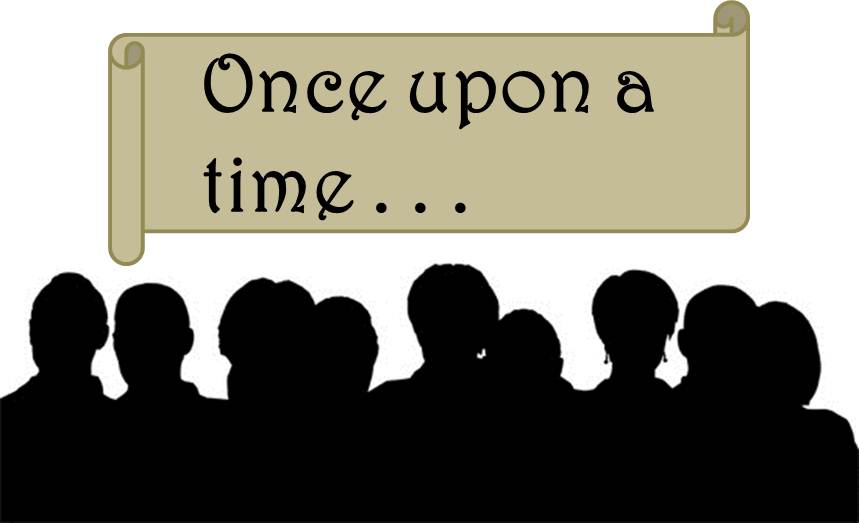Stories are my personal favorite way to open a speech. Stories touch our emotions and linger in our mind. Stories are a powerful way to captivate and connect.
Stories captivate us because we think in stories. We can’t help it!
“Stories fill our lives in the way that water fills the lives of fish.”~Steve Denning
Stories connect because stories touch our emotions. Tell stories that elicit one or more of the 7 basic emotions: happiness, sadness, anger, fear, disgust, contempt or surprise.
Stories also connect because they are concrete. We create visual images in our own brains when someone tells us a story. Stories create a virtual mind meld
And, perhaps most importantly, people remember stories! In the book, Made to Stick: Why Some Ideas Survive and Others Die, the authors tell a story about a class that one of them teaches. Bottom line: Stories get remembered about 13 times better than statistics. Facts tell, but stories sell!
Also, when you place a story at the beginning or end of your speech, you also are taking advantage of of the primacy and recency effect of memory. We remember best what we hear at the beginning and ending of information.
9 tips for storytelling:
1. Use a storytelling format that leaves your listeners leaning forward. A story usually only is interesting if there is CONFLICT. Here is a standard story format:
(Main character) is in (Circumstance/setting) and needs to (Goal), but faces (obstacles/opponents) when (Climax/conflict at a high point) until (resolution—obstacle or opponents are overcome).
2. Don’t always make yourself the hero in a story. People will think you are arrogant. Some of the most effective and endearing stories are when the teller discloses some personal flaw (but don’t get uncomfortably personal). You can also reveal your own character (which is a quick way to build trust and intimacy) in your stories where you learn a lesson from someone else or are a supporting character.
3. Ditch the back-story. Provide just enough background to make the story relevant or understandable. Get to the conflict as quickly as possible.
4. Don’t provide all of the details. Let your listeners fill in some of the details with their own imaginations. As the 1999 World Champion of Public Speaking, Craig Valentine says, “People buy-in to what they create.”
5. Limit narration. Use just enough narration to set up dialogue. Dialogue is the heart of an engaging oral story. Make your characters come alive through dialogue.
7. Be dramatic—the number one drama tool in storytelling: the dramatic pause. Pause a couple of seconds before a climatic situation to heighten the feeling of anticipation. “To be or not to be?” (pause, pause) “That is the question.”
8. Use primarily your own, personal stories! They are uniquely yours, even if you are relating a common experience. Especially good ones can be your signature stories. However, I am partial to using stories from popular movies to set the stage or provide an ending to a speech. But be careful in using stories from other sources (if you do, give credit). They can be overdone. Please, please don’t tell The Starfish Story.
9. Act it out! Let your facial expressions convey emotions. Get your body into the story. Don’t just say “we pushed the car out of the ditch,” but actually act out at least the hand gesture of pushing.
To improve your storytelling ability, think “don’t tell, show.” People will remember what they see more than what you say.
Tell a story!

